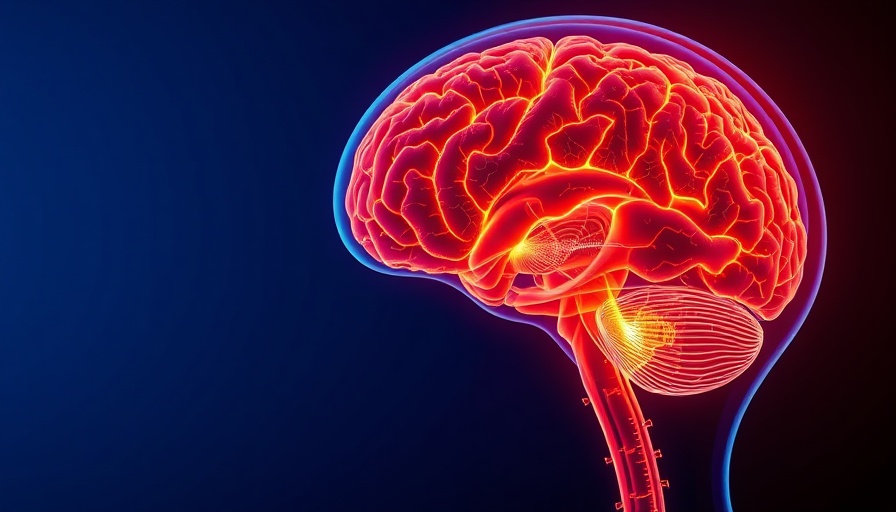
The Complexity of a Sexless Marriage
Dealing with a sexless marriage can be a challenging and emotionally charged situation, particularly for individuals aged 30 to 65, who may seek a combination of intimacy and partnership in their relationships. Research has shown that sexual activity is often tied closely to emotional connection, and as such a lack of it can create tension between partners, leading to frustration and dissatisfaction. Understanding the root causes behind this phenomenon is key to addressing the issue effectively.
Why Do Marriages Become Sexless?
Many factors contribute to a decline in sexual intimacy. Physical health issues, emotional disconnect, and stress from work or family obligations are common culprits. Research indicates that women particularly may withdraw sexually due to changes in self-esteem or body image, while men may experience performance anxiety or dissatisfaction with their partner's response. Mental health issues such as depression can also play a significant role, highlighting the importance of recognizing the multifaceted nature of sexual relationships.
Understanding the Emotional Landscape
Marriages often experience fluctuations in intimacy, especially when partners face significant changes such as career shifts or raising children. For the middle-aged demographic, these shifts can lead to feelings of isolation. Understanding these emotional shifts not only helps individuals communicate better but also fosters a healthier way of navigating through these challenges. Open discussions about feelings and sexual needs can reduce feelings of inadequacy and enhance emotional bonds.
Practical Strategies for Reigniting Intimacy
Addressing a sexless marriage necessitates a combination of communication, empathy, and creativity. Begin by opening a dialogue about sexual needs and desires; approach the subject with sensitivity to reduce discomfort. Couples may consider activities that foster physical closeness, such as dancing, massage, or cuddling without the expectation of sexual activity. Moreover, therapy can provide a safe environment where couples can explore these topics with a trained professional, assisting them in rebuilding trust and intimacy.
Seeking Professional Guidance
When personal efforts do not yield satisfactory results, seeking professional help is crucial. Therapists can offer insight into common patterns within relationships and guide couples in developing healthier communication skills. Engaging in couples therapy has proven beneficial for many, allowing partners to re-evaluate their needs and expectations in a supportive setting. Furthermore, individual counseling may help address any personal issues that contribute to the marriage's challenges.
Future Trends: The Evolving Nature of Relationships
As society progresses, the concept of marriage and intimacy is evolving. Increasingly, couples are embracing alternative structures and redefining personal expectations regarding intimacy. For many, a deeper emotional connection is becoming as essential as the physical aspect of relationships. Couples interested in exploring these new dimensions of intimacy might consider workshops that promote connection through non-sexual activities, facilitating a more diverse expression of love.
Conclusion: Rekindling Connection in Marriage
Addressing a sexless marriage requires patience, understanding, and a willingness to explore underlying issues together. Through open communication and targeted strategies, couples can begin to restore intimacy and connection. As they navigate these waters, seeking professional guidance can provide them with additional tools to enhance their relationship. Ultimately, the goal is to create a fulfilling partnership that meets both emotional and physical needs, enhancing overall well-being.
 Add Row
Add Row  Add
Add 




Write A Comment